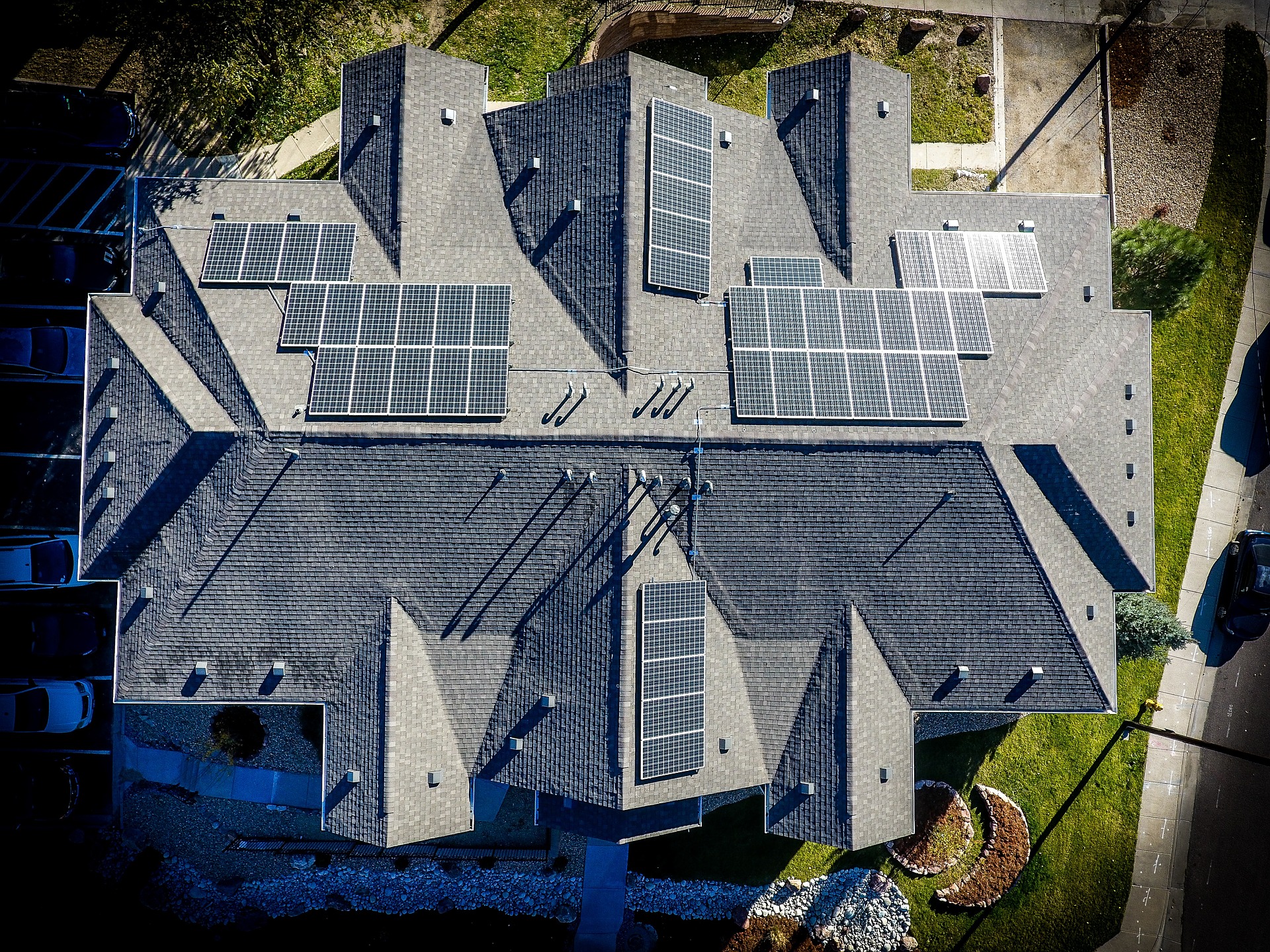Explore Container Homes in 2025 – Affordable Living That’s Sustainable and Smart
In 2025, container homes are reshaping the housing market with their low-cost appeal and modern design. This guide breaks down what you can expect to pay—from container base prices to full builds—and what factors impact your final cost. Whether you're budgeting for a small studio or a custom multi-container layout, discover how affordable sustainable living can be

What are container homes and why are they gaining popularity?
Container homes are residential structures built using repurposed shipping containers. These sturdy steel boxes, originally designed for transporting goods, are transformed into comfortable living spaces. Their popularity is soaring due to several factors: affordability, sustainability, durability, and flexibility in design. As housing costs continue to rise, container homes offer a unique opportunity for homeownership at a fraction of the cost of traditional construction.
How do container home construction costs compare to traditional housing in 2025?
In 2025, container home construction costs remain significantly lower than traditional housing. While exact prices vary based on location and specifications, container homes generally cost 20-30% less than conventional builds. This cost advantage stems from reduced material needs, shorter construction times, and lower labor requirements. However, it’s important to note that highly customized or luxury container homes can approach traditional housing costs.
What factors influence the price of a container home?
Several key factors impact the final cost of a container home:
-
Container condition and size
-
Number of containers used
-
Site preparation and foundation work
-
Insulation and weatherproofing
-
Interior finishes and customizations
-
Utilities installation (plumbing, electrical, HVAC)
-
Local building codes and permits
-
Labor costs in your area
The level of customization and finishes you choose can significantly affect the overall price, with high-end fixtures and materials driving costs up considerably.
What are some affordable container home design options in 2025?
In 2025, there are numerous affordable design options for container homes:
-
Single-container studios: Perfect for individuals or couples, these compact homes maximize space efficiency.
-
Two-container layouts: Offering more room, these designs can accommodate small families or provide separate living and sleeping areas.
-
Modular designs: Using multiple containers, these homes can be expanded over time as needs and budgets change.
-
Hybrid designs: Combining containers with traditional building materials can create unique, cost-effective spaces.
-
Minimalist interiors: Embracing a simple aesthetic can reduce costs while maintaining a modern look.
What are some budgeting tips for building a container house?
Building a container home on a budget requires careful planning and smart decision-making. Here are some tips to help you keep costs under control:
-
Start with used containers in good condition to save on initial costs.
-
Prioritize essential modifications and upgrades, leaving non-critical elements for later.
-
Consider a DIY approach for some aspects of the build, but hire professionals for critical work like electrical and plumbing.
-
Use reclaimed or recycled materials for interior finishes when possible.
-
Opt for energy-efficient appliances and systems to reduce long-term operating costs.
-
Plan your layout carefully to minimize the number of containers needed.
-
Research local building codes and obtain necessary permits early to avoid costly delays.
How much can you expect to pay for a container home in 2025?
The cost of container homes in 2025 varies widely based on size, location, and level of customization. Here’s a general breakdown of what you might expect to pay:
| Type of Container Home | Estimated Cost Range |
|---|---|
| Basic Single Container | $30,000 - $60,000 |
| Mid-Range Double Container | $60,000 - $120,000 |
| Luxury Multi-Container | $150,000 - $300,000+ |
Prices, rates, or cost estimates mentioned in this article are based on the latest available information but may change over time. Independent research is advised before making financial decisions.
These estimates include basic interior finishes, utilities, and standard site preparation. Costs can vary significantly based on location, with urban areas generally being more expensive due to higher labor and permit costs. Additionally, high-end finishes, complex designs, or challenging site conditions can push prices towards the upper end of these ranges or beyond.
In conclusion, container homes in 2025 offer an exciting and affordable alternative to traditional housing. With their eco-friendly nature, customizable designs, and cost-effective construction, they present a smart solution for modern living. By understanding the factors that influence costs and following smart budgeting strategies, you can create a unique, sustainable home that meets your needs without breaking the bank.




